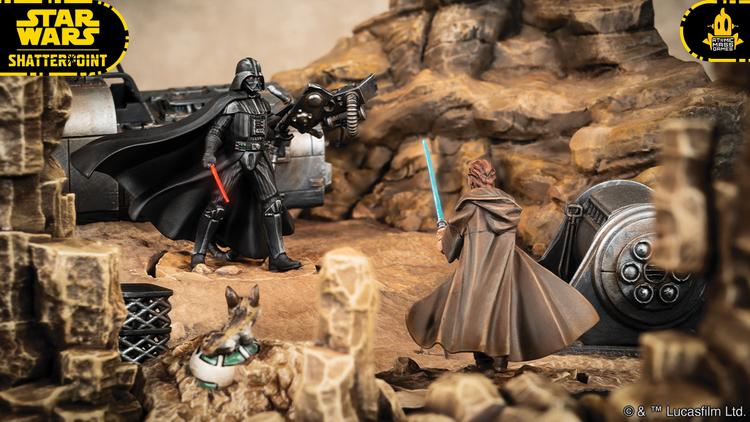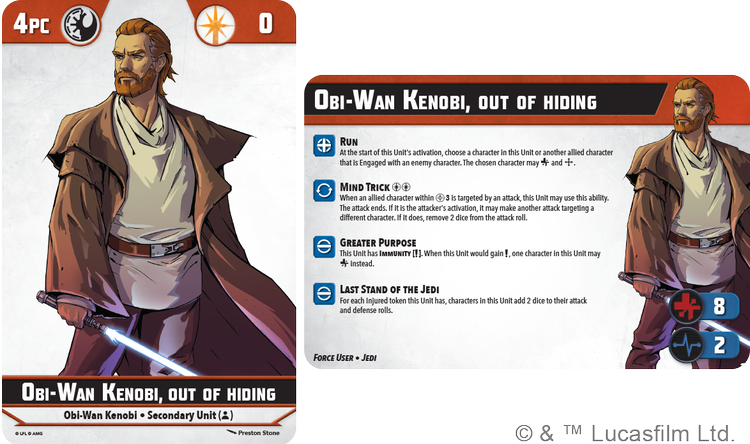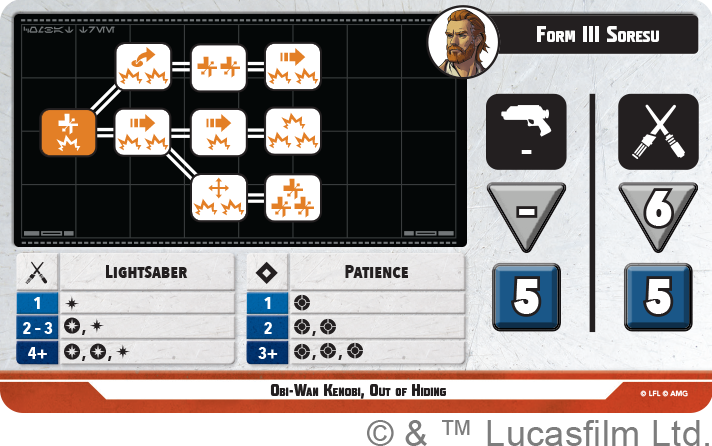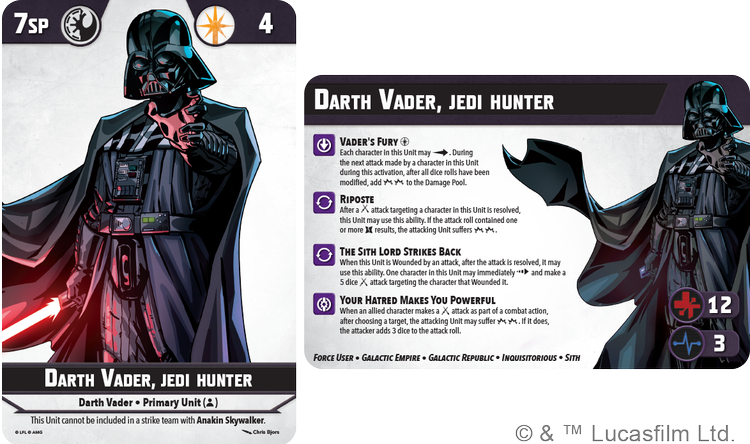Delve into a new chapter of Star Wars: Shatterpoint that reveals a fresh perspective on two iconic characters, Obi-Wan Kenobi and Darth Vader.
This is a critical time in the Star Wars saga where the galaxy and its occupants have undergone significant transformations. We’re here to focus on Obi-Wan Kenobi, Out of Hiding, and Darth Vader, Jedi Hunter from the highly anticipated You Cannot Run Duel Pack.
Obi-Wan Kenobi – Out of Hiding
Obi-Wan Kenobi is portrayed in a darker light, during a bleak time post the execution of Order 66. Now in seclusion, Kenobi is on a mission to keep a watchful eye over Anakin Skywalker’s unknown son while eluding the relentless hunt. His isolation, coupled with the decreased use of his Force powers and lightsaber, paint a picture of a diminished Obi-Wan. However, he is compelled to act when the Inquisitorius, in pursuit of another Jedi, cross his path. Although initially evading conflict, Kenobi must step out of the shadows to safeguard Anakin’s progeny.
The choice to portray this version of Obi-Wan Kenobi as a secondary unit, rather than a primary one, aptly reflects his weakened state when he comes Out of Hiding. The once-formidable Jedi Master is now less able to directly confront the dangerous adversaries seeking his destruction. Yet, the remnants of his former power still linger. His versatile nature allows him to be a part of both Clone Wars and Galactic Civil War-era squads, solidifying him as a valuable asset for any strike team.
Despite his weakened state, Kenobi retains his knack for the Jedi Mind Trick, a powerful reactive ability that can alter the target of a nearby attacker, lowering their striking effectiveness. Moreover, his dedication to protecting Anakin’s offspring means enemies cannot leave him Exposed and this purpose reinvigorates him. Trying to corner Kenobi or his allies proves challenging, as his Run tactic helps in avoiding unwanted engagements. Furthermore, his Last Stand ability makes him even more formidable when injured, drawing on hidden reserves.
Kenobi continues to rely on his familiar Form III Soresu stance, which proved useful during the Clone Wars. This stance allows for significant flexibility in combat, emphasizing on defense, healing, and repositioning, while also maintaining a decent offensive stance.
Darth Vader – Jedi Hunter
In stark contrast, we find Darth Vader, now emerged as the Jedi Hunter, leading the Inquisitorius to eradicate the remnants of the Jedi after his miraculous recovery from life-threatening injuries. Abandoning his former identity as Anakin Skywalker, he has fully accepted the Dark Side, now serving as the Emperor’s right hand. Like Kenobi, this version of Darth Vader is flexible enough to join squads from both the Clone Wars and the Galactic Civil War era.
The lethal prowess of Darth Vader is highly visible in his abilities, demonstrating his strong connection with the Dark Side. His Active Ability, Vader’s Fury, ensures his enemies sustain damage as he aggressively advances. His inspirational tactics feed on hatred, motivating his allies to accept self-inflicted pain to land potentially crippling blows on their adversaries.
Possessing two offensive Stances, Darth Vader embodies the saying, “The best defense is a good offense.” His Stance, Dark Rage, relies on the Force for brutal, direct attacks with high damage output and multiple Shoves, potentially Straining the foe and Dashing forward swiftly. On the other hand, his Form V Djem So Stance, favored by Anakin Skywalker, allows for a more balanced yet aggressive approach, including his signature lightsaber throw.
Taken together, Darth Vader, Jedi Hunter’s unique abilities, and offensive tactics make him a fearsome combatant. It’s little wonder that most Jedi would choose to flee rather than face him head-on.
Stay tuned for more thrilling character explorations and previews from the ever-expanding universe of Star Wars: Shatterpoint!






